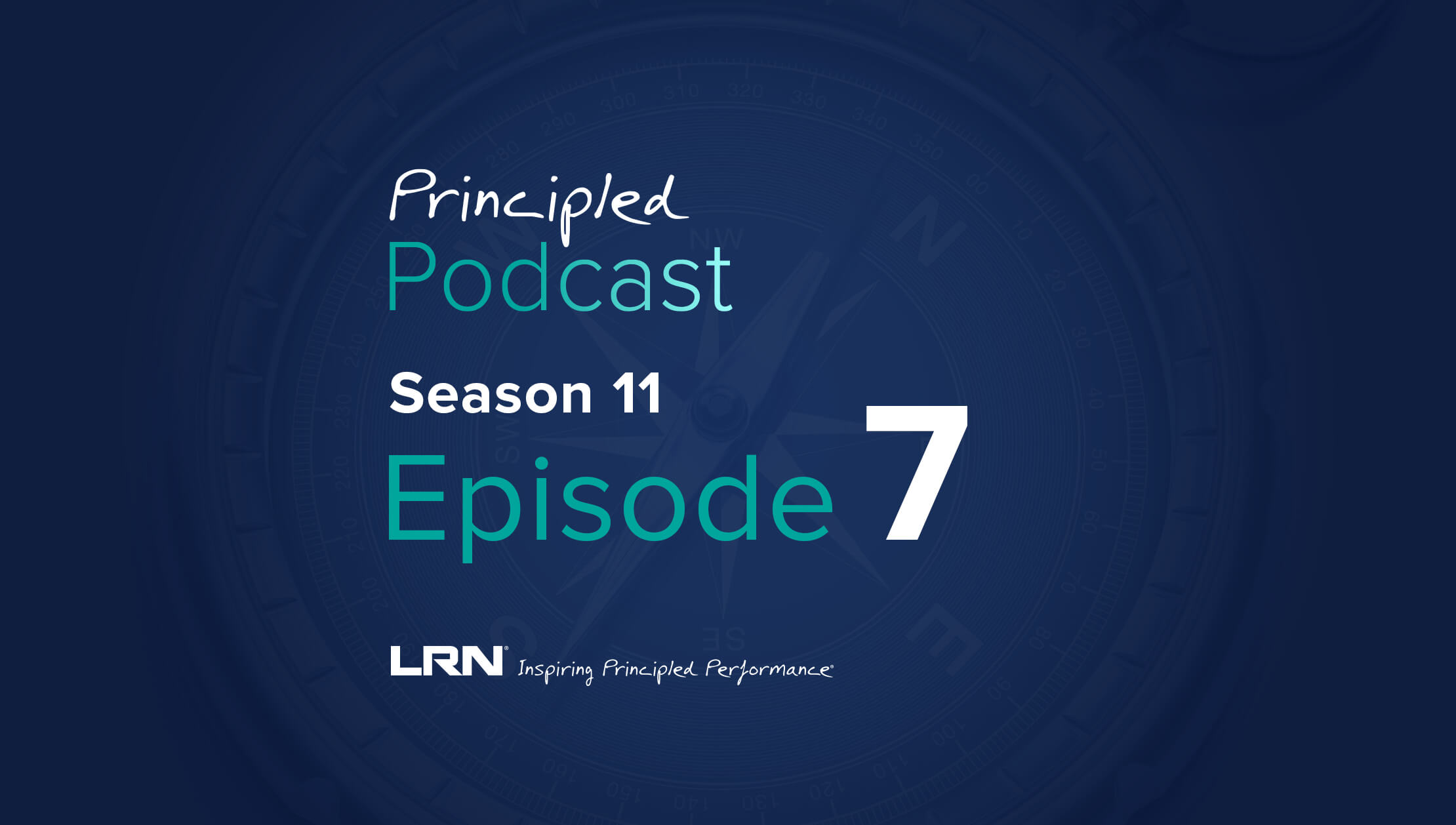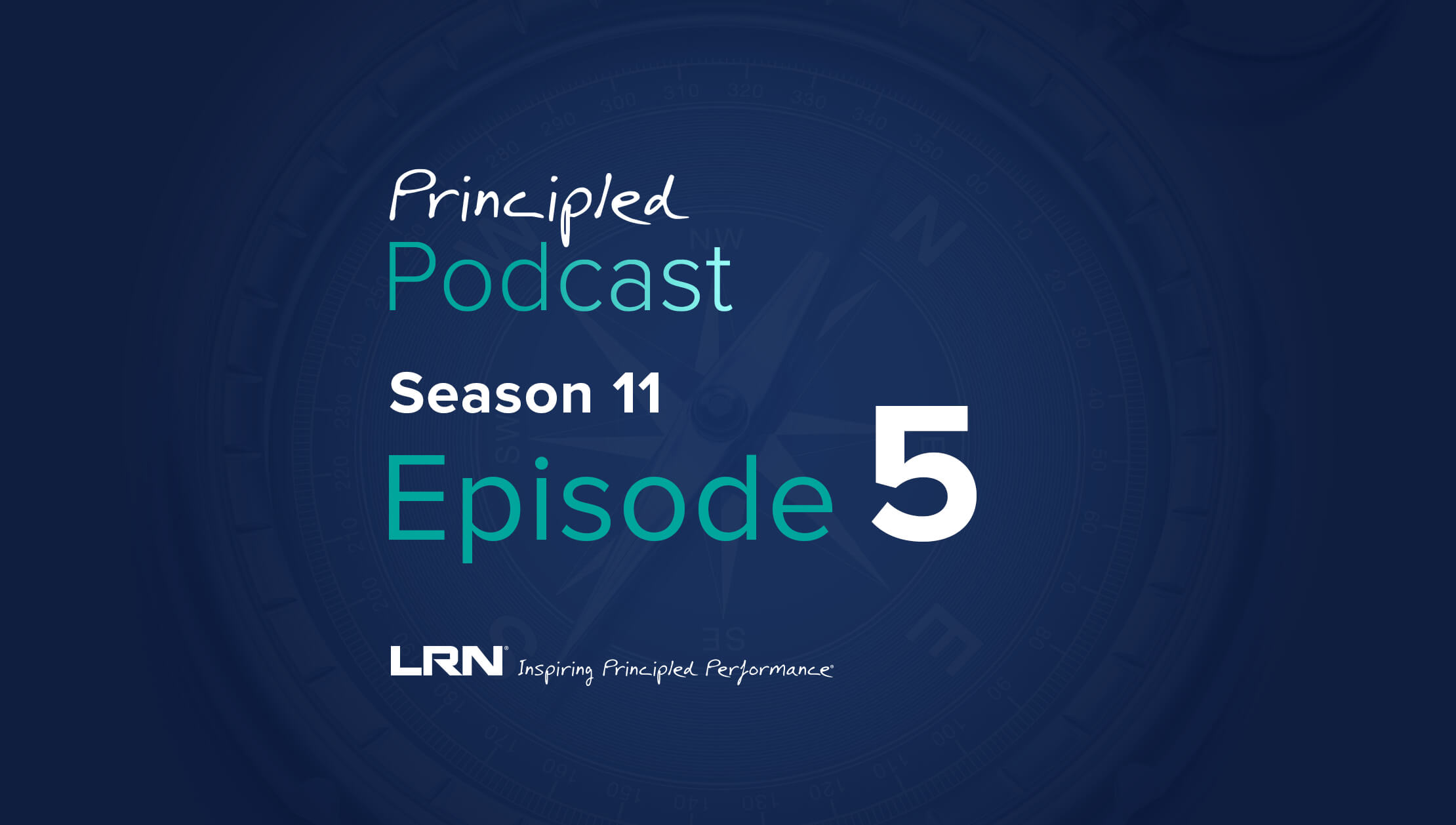*This blog post was updated on September 17, 2021 to incorporate new data and company services.
Ever hear the saying, “If you fail to prepare, you should prepare to fail”? Chances are, you’ve experienced this concept at some point in your life. Whether you’re going for a big interview, delivering an important presentation at work, or planning to run a marathon, preparation is vital. In many situations, it is the difference between achieving a goal and missing the mark entirely.
In the corporate world, onboarding—the period during which an organization prepares new employees to become part of their culture and equip them with the knowledge and skills to successfully perform their jobs—is a process that can fail to hit its target if not employed with the right approach. In this article, we will look at several key reasons why the onboarding process sometimes fails to provide new hires with the proper education around company values and expectations. We’ll also provide tips on what organizations can do to start improving the quality of the onboarding experience so that it has a greater impact on their success.
Statistics show that onboarding can make or break the employee experience
Despite different beliefs that exist about the value of onboarding, it has been and remains a very important part of the success of any organization. According to research from Gallup, when employees can strongly agree that their “onboarding process was exceptional,” they are nearly two times more likely to feel fully prepared to excel in their new role and 2.3 times more likely to say their job is as good or better than they expected it to be.
By contrast, ineffective onboarding can have a significant impact on an organization in terms of cost and overall performance. Gallup also found that only 12% of employees in 2018 believed their organizations have a great onboarding experience. And research from HR Dive revealed that 28% of employees said they left their job within the first 90 days of starting due to an unsatisfactory onboarding process. This is alarming when we consider that it can cost a company an estimated six to nine months of an employee's salary to identify and onboard a replacement.
4 hallmarks of bad onboarding programs—and how to fix them
Identifying bad onboarding programs is quite easy once you know what the warning signs look like. Here are four common characteristics that signal an organization has poor onboarding, along with some suggestions about how to improve the onboarding experience for new hires.
1) The onboarding has no clear objectives. This is where the majority of onboarding programs that fail, fail! You cannot expect an onboarding to be successful if you don’t develop a plan and clearly establish what you wish to achieve from it. Planning should enable you to determine what new hires will need to do their jobs effectively, what type of training will best fit in with the program to get your new hires ready for their roles, and how you can get the best return from your onboarding strategy. Planning also presents an opportunity to collaborate with other departments—especially your E&C function—on how to talk about your company’s culture, values, and expectations when it comes to behavior.
2) The process moves too quickly. There is nothing worse than being rushed through something without knowing what you’re doing. Yet many organizations are guilty of developing short onboarding processes with little room for new hires to digest what they’ve learned. By pushing new hires through the onboarding process quickly so they can begin work, organizations miss out on educating these employees about how their decisions and actions can impact the business. Rushing onboarding also usually leads to companies failing to deliver a lot of the key information employees need to know. This can have a damaging effect on an employee’s confidence and their perception of the organization they have joined. Remember the earlier statistic about those who leave their job due to a poor onboarding experience? Consider this carefully when developing the timeline of your onboarding program. Be sure to give new hires sufficient time to absorb what they are learning, ask questions, and provide feedback.
3) Inadequate new hire training. The training you provide during onboarding is the most critical element of all.Giving new hires the information about your culture, values, and mission are highly important. Therefore, you need interactive, engaging training so that new hires understand the essence of your organization and feel prepared to contribute to your culture. Poor choice of training methodology and a lack of the right training content are two classic characteristics of ineffective onboarding. (Another reason why planning is so important.) That’s why it’s important to assess new hires’ needs, roles, skillsets, and knowledge of your organization before their first day of in-office onboarding. These factors can help you develop a training program that is personalized and utilizes the right method of delivery. 
4) There is no follow up, support, or performance measurement. Onboarding should be an ongoing process throughout the first year of the new hire’s employment. But many organizations often end up forgetting about new hires as soon as they’ve gone through their training. If organizations are too focused on the productivity and output of new hires—and neglect to provide support for more than their first week on the job—those initial months will be quite daunting. Some of the most successful onboarding programs incorporate phased training over a prolonged period of time, where new hires are trained up as they adapt to their roles. Consistently monitoring performance with periodical check-ins is another way to ensure that new hires are equipped the knowledge and tools they need to be successful. Knowing they have help and guidance from management will boost new hire morale, confidence, and motivation.
The key takeaway
These common hallmarks of ineffective onboarding can, thankfully, be overcome. Through careful planning, establishing objectives, choosing the right method of training, personalizing the onboarding experience, and providing ongoing support to new hires in their first year on the job, you can avoid failure and set your organization on a path to success through onboarding. To get started, get a copy of our latest e-book on how to create engaging training for employees.



